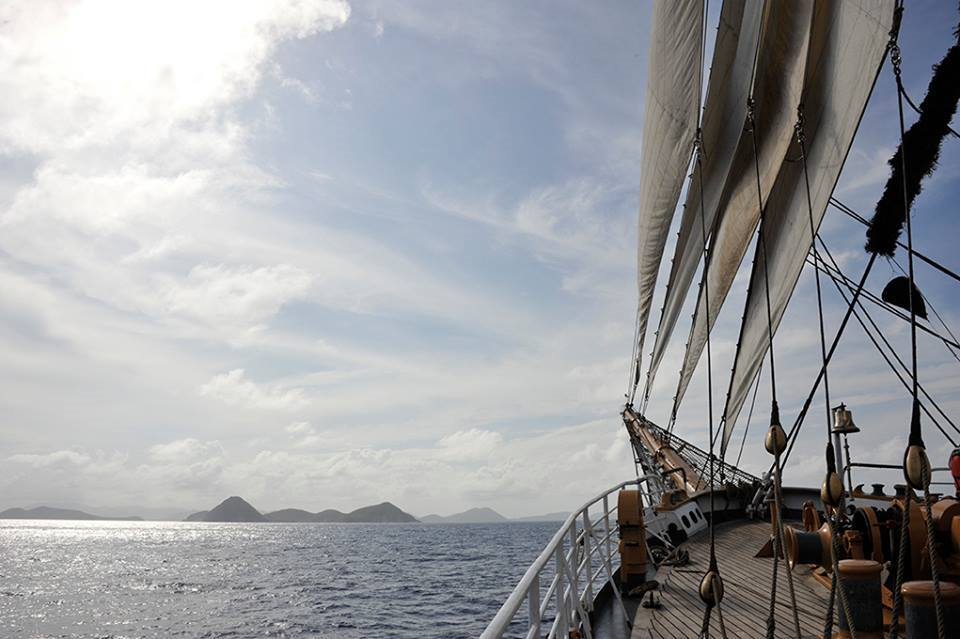
Training days for Coast Guard cadets on Eagle include a trip through Drake’s Passage
All Crime, All The Time – News and Commentary on the Criminal Class

But more importantly, the stray cats are wiping out native Keys species like the Key Largo woodrat, Dixon said, a species found only in the Crocodile Lake refuge.
Responding to complaints from outdoor cat owners upset about a cat trapping program implanted last year, Dixon said the U.S. Fish and Wildlife Service has reached out to them and offered to help build outdoor enclosures, known as “catios.” He also said that remote cameras the FWS set up within the refuge show cats roaming the area at night and hunting.
“We didn’t know how much of an issue this was until we started using the remote cameras,” he said.
Cat owner and dive-shop owner Spencer Slate, who lives across State Road 905 from the refuge, said his cats have been trapped in a wooded lot adjacent to his house, which is not in the refuge.

President Obama’s visit this week to the Tappan Zee Bridge in New York is intended to push Congress to approve billions of dollars in infrastructure spending increases. But throwing more money at transit just puts more cash into the hands of government contractors, while doing little for commuters.

Maryland’s shoreline is 7,700 miles including coastal inlets, according to updated measurements by the Maryland Geological Survey. The bay and ocean coasts have some of the most highly prized real estate in the state, and some of the most threatened. While the state depends on tax revenue and shore tourism dollars, regulators struggle to find a balance that also protects the resources of the Chesapeake from overdevelopment
Established in 1984, Maryland’s Critical Area Commission is charged with balancing the drive for development with the need to protect the natural resources of the bay from the strain of pollution and stress on wildlife.
Powered by two Caterpillar engines this 135 foot yacht has a cruising range of over 5,000 miles and is home-ported in the Cayman Islands.

Maryland already has track use agreements with CSX in the rest of Maryland and already owns and operates the MARC train system. Other regions of Maryland get more for transportation than does Southern Maryland.